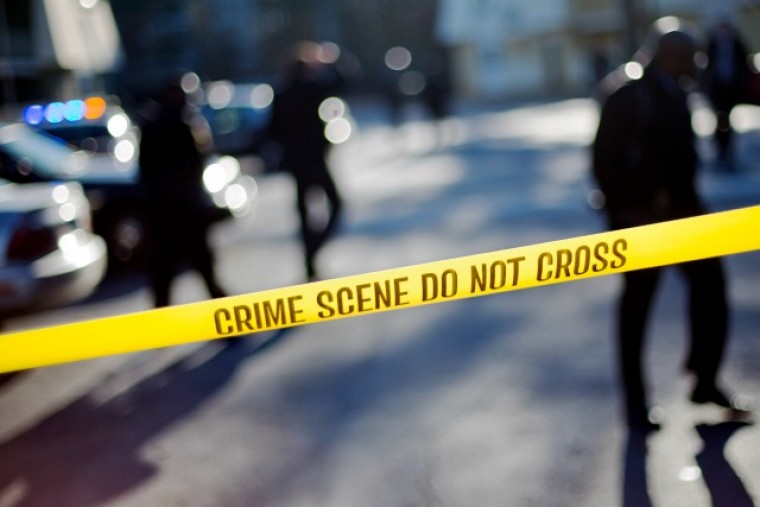
Last week, the two authors of a study the FBI released on September 24, 2014, admitted they “got it wrong” when they “reported mass shootings were on the rise” in America.
Outlets like The New York Times and the Associated Press had seized on the study by Texas State University’s J. Pete Blair and M. Hunter Martaindale as proof that more gun control was needed, while outlets like Breitbart News saw a political agenda behind the report, based on the flimsy criteria used in discerning what was or was not a mass shooting for the purposes of the study.
The Wall Street Journal (WSJ) has now reported that the study was wrong. For example, the study claimed a “16%” increase in mass shootings from 2000 to 2013. The report’s synopsis showed that “during the first 7 years included in the study, an average of 6.4 incidents occurred annually. In the last 7 years of the study, that average increased to 16.4 incidents annually.”
Blair and Martaindale even used the faulty findings to predict that mass shootings were going to continue increasing in frequency by stating that “the findings establish an increasing frequency of incidents.”
This study fed the fire Democrats wanted to build for gun control. And because it was released less than two months before the mid-term elections, it gave gun control candidates something with which they could beat pro-Second Amendment candidates over the head, something gun control candidates could quote on the campaign trail before pro-Second Amendment candidates had time to research and find the study’s inconsistencies.
Then came last week, and Blair and Martaindale gave up the inconsistencies on their own by admitting the study’s “data is imperfect.”
Moreover, they essentially admitted to creating data in the absence of extant data which supported their thesis. Blair and Martaindale said, “Because official data did not contain the information we needed, we had to develop our own.”
WSJ points out the irony of it all inasmuch as the truth is completely opposite what the study presented. The occurrences of mass shootings have remained essentially flat for 40 years, and violent crime fell significantly during the period Blair and Martindale studied.
by Awr Hawkins



